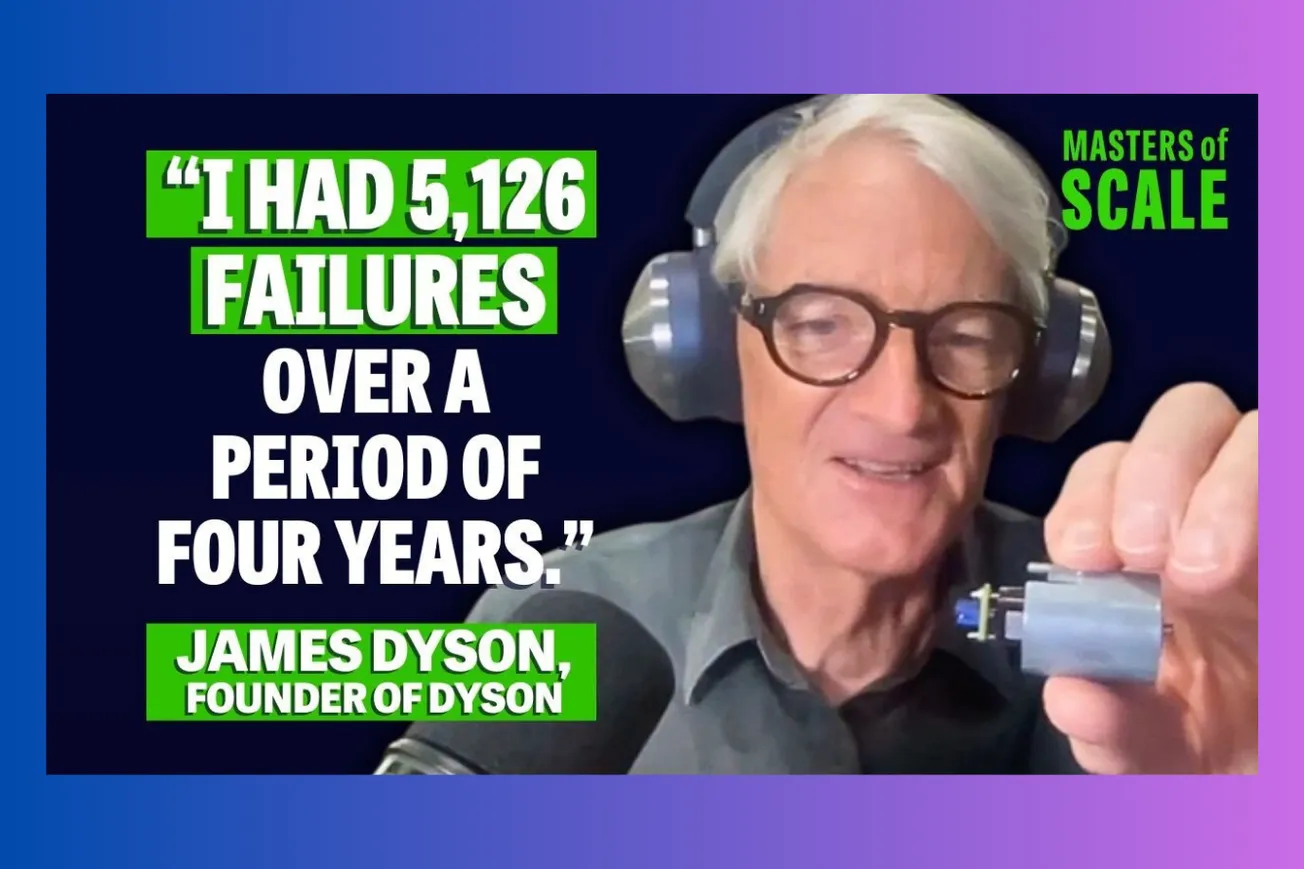Table of Contents
Amazon’s decision to display tariff costs on product listings has ignited a political firestorm and sent shockwaves through the retail sector. As the White House labels the move “hostile,” sellers and consumers brace for a transformed Prime Day and looming supply chain disruptions. This post unpacks the far-reaching consequences for Amazon, its sellers, and the broader U.S. retail landscape.
Key Takeaways
- Amazon’s move to display tariff-related price increases has been condemned by the White House as a “hostile and political act.”
- Prime Day 2025 is facing reduced seller participation and fewer discounts as tariffs squeeze margins for third-party merchants.
- Amazon’s stock price dropped sharply following the announcement, reflecting investor concerns about trade tensions and rising costs.
- Retailers warn that persistent tariffs could lead to product shortages, higher prices, and empty shelves reminiscent of pandemic-era disruptions.
- Many sellers are seeking alternative suppliers or withdrawing from Prime Day altogether, potentially reducing Amazon’s fee and ad revenue.
- The new 145% tariff on Chinese imports is forcing businesses to reconsider sourcing, pricing, and inventory strategies.
- Analysts caution that ongoing tariff uncertainty could undermine Amazon’s marketplace model and long-term growth prospects.
- Smaller retailers are expected to bear the brunt of supply chain challenges, risking higher consumer prices and less product variety.
White House Slams Amazon’s Tariff Price Display
- Amazon’s announcement that it will show the cost of tariffs directly on product listings has provoked a fierce response from the Biden administration, which labeled the move “a hostile and political act.”
- The White House’s criticism underscores the high stakes of Amazon’s transparency initiative, which could make the impact of U.S.-China trade tensions more visible to millions of consumers.
- Amazon has not issued a detailed public response, but the company maintains that the tariff display is intended to inform shoppers about the factors driving price changes.
- The controversy comes as Amazon prepares to release its Q1 earnings, with investors and analysts closely watching for signs of how tariffs are affecting both e-commerce and cloud computing divisions.
- The stock market reacted swiftly, with Amazon shares dropping by nearly 2% in early trading and extending a broader 15% decline year-to-date.
- This episode highlights the delicate balance Amazon must strike between government relations, consumer transparency, and the interests of its vast third-party seller base.
Prime Day Seller Participation Plummets Amid Tariffs
- Prime Day, historically one of Amazon’s biggest sales events, is seeing a notable decline in third-party seller participation due to the steep tariffs on Chinese goods.
- Sellers who rely on Chinese imports are either skipping Prime Day or offering fewer discounts, citing the need to protect razor-thin profit margins.
- For example, Steve Green, a long-time seller of bicycles and skateboards, is opting out of Prime Day for the first time since 2020, choosing to sell older inventory at full price rather than import new, tariff-laden stock.
- Kim Vaccarella, CEO of Bogg Bag, is also skipping the event and shifting production from China to Cambodia and Vietnam, highlighting a broader trend of supply chain diversification.
- The reduced seller turnout means shoppers can expect fewer deals and a narrower product selection, while Amazon risks losing out on valuable fees and advertising revenue.
- Despite Amazon’s claims of strong seller interest, industry consultants warn that the pullback could dampen the event’s usual sales surge and slow the growth of new Prime memberships.
Stock Market and Investor Sentiment: Tariff Fears Weigh on Amazon
- Amazon’s stock took an immediate hit after the tariff display announcement, with shares falling over 1.7% in early trading and extending a year-to-date decline of 15%.
- Investors are increasingly concerned about the long-term effects of persistent tariffs, which threaten to erode margins and disrupt Amazon’s marketplace model.
- Analysts highlight that nearly half of Amazon’s sellers are based in China, and many U.S.-based sellers also source products from Chinese suppliers, making the company especially vulnerable to trade policy shifts.
- The 145% tariff on Chinese imports is seen as a structural threat, with some experts warning it could fundamentally alter the variety and pricing that underpin Amazon’s value proposition.
- Wall Street is now focused less on Amazon’s Q1 results and more on the outlook for Q2 and beyond, as the full impact of tariffs and supply chain disruptions becomes clearer.
- Some analysts remain optimistic that tariffs will eventually be modified, but caution that prolonged trade tensions could limit Amazon’s upside and create unpredictable risks for investors.
Retailers Warn of Supply Chain Disruptions and Product Shortages
- Retailers across the U.S. are warning that rising tariffs could trigger a new wave of supply chain snarls, reminiscent of the shortages seen during the Covid-19 pandemic.
- With tariffs as high as 145% on many Chinese imports, companies are canceling shipments, freezing new orders, and bracing for product shortages during critical shopping seasons.
- The National Retail Federation projects a potential 20% decline in imports if tariffs persist, with low-cost goods like footwear, toys, and electronics most at risk of disappearing from shelves.
- Smaller retailers, lacking the resources to diversify suppliers or accelerate shipments, are expected to face the greatest challenges, potentially leading to higher prices or empty shelves for consumers.
- Executives are pressing the White House for greater clarity, but shifting policy signals have left many businesses scrambling to adapt in real time.
- Some companies are front-loading inventory or exploring alternative sourcing, but these measures are seen as temporary fixes in what many view as a fundamental shift in global trade dynamics.
The Future of Amazon’s Marketplace Model
- Amazon’s marketplace depends on a vast array of competitively priced products, many sourced from China, to attract shoppers and drive Prime subscriptions.
- The current tariff regime threatens this model by raising costs, reducing variety, and forcing sellers to either absorb losses or pass higher prices onto consumers.
- Some sellers are actively seeking new suppliers in countries like Vietnam and Cambodia, but shifting production is costly and time-consuming.
- Amazon’s leadership has pledged to do “everything we can” to keep prices low, including renegotiating supplier agreements, but acknowledges that some costs will inevitably be passed to customers.
- The company’s ability to maintain its reputation for low prices and wide selection is now in question, especially if tariffs persist or escalate further.
- Analysts warn that any sustained loss of product variety could undermine Amazon’s more lucrative business segments, such as Prime memberships and advertising, making the long-term impact difficult to predict.
Amazon’s decision to display tariff costs has exposed deep fault lines between government, retailers, and consumers, with ripple effects set to reshape Prime Day and the broader retail landscape. As tariffs squeeze margins and disrupt supply chains, both Amazon and its sellers face an uncertain future where adaptability and transparency will be key to survival.
Sources consulted: Reuters, NY Post, Axios, CNN, CNBC, Forbes, NY Post, The Hill









